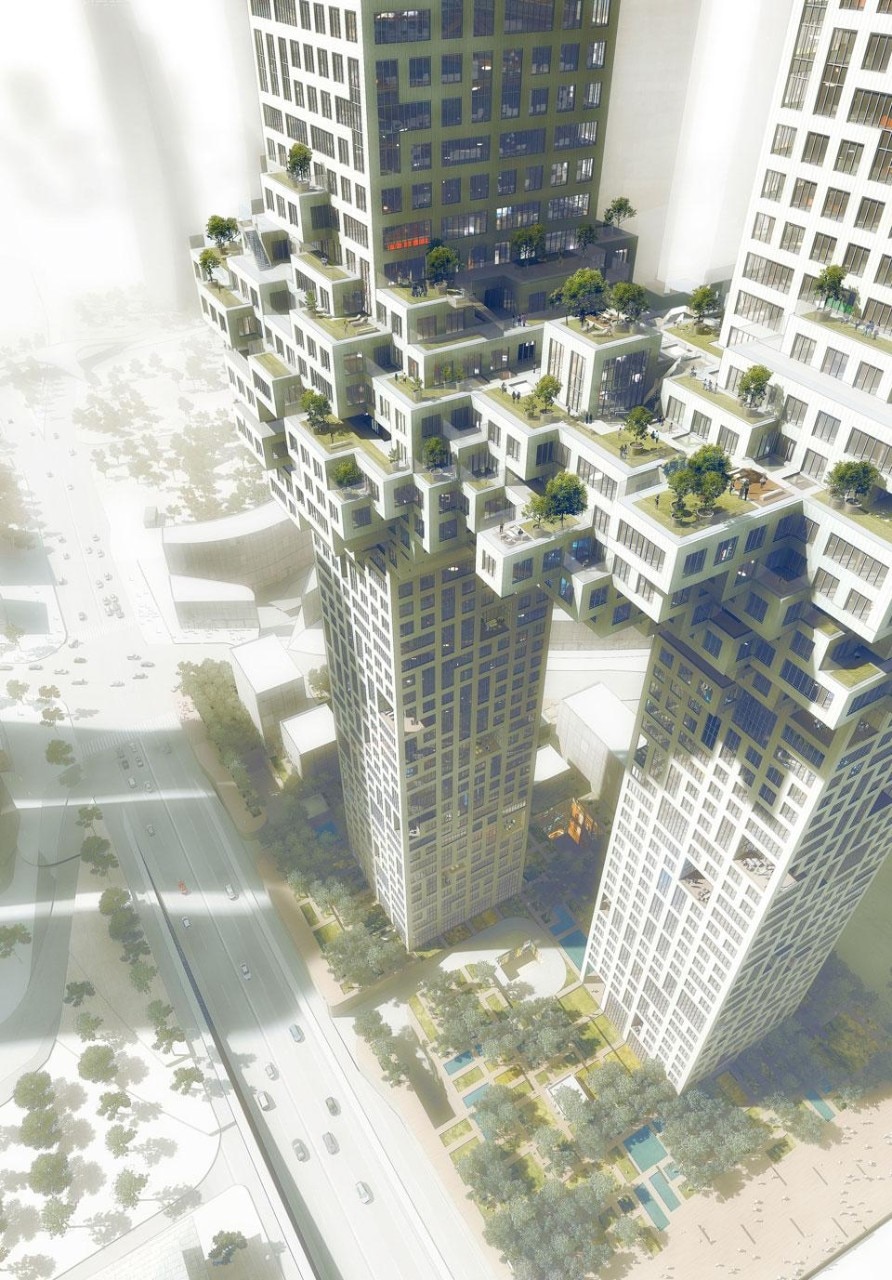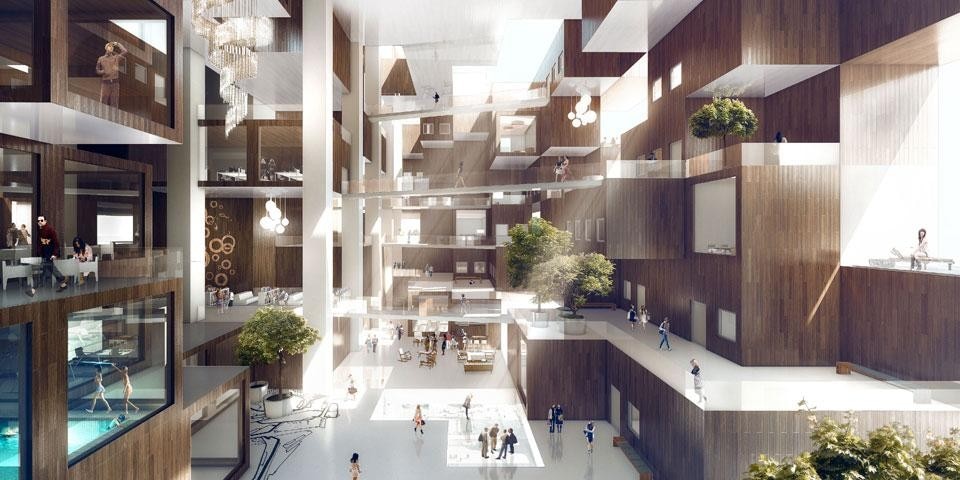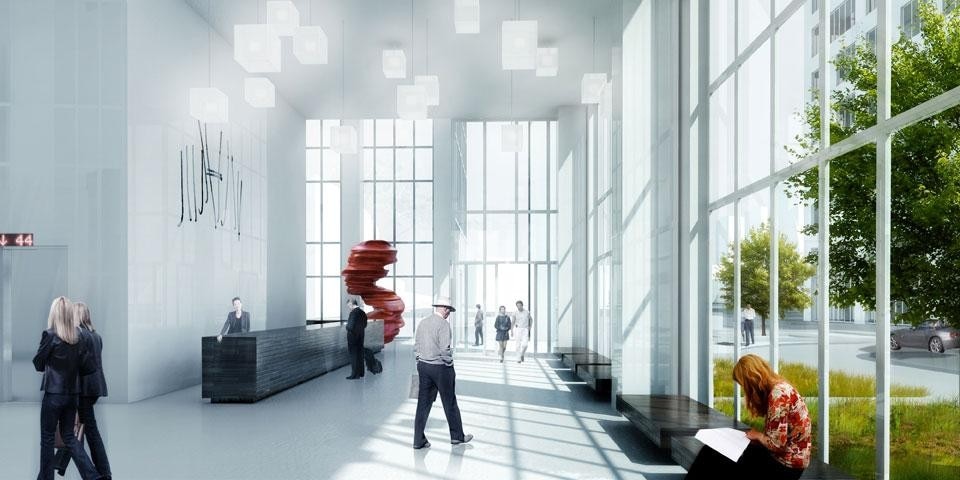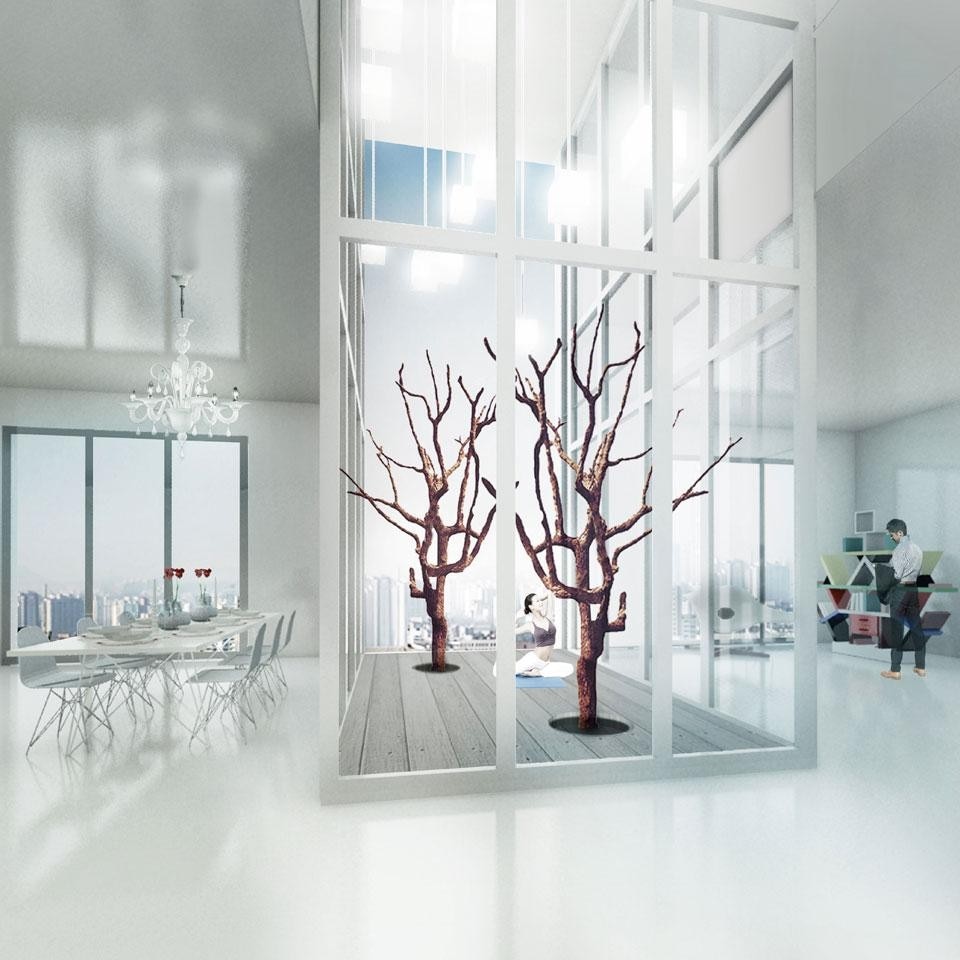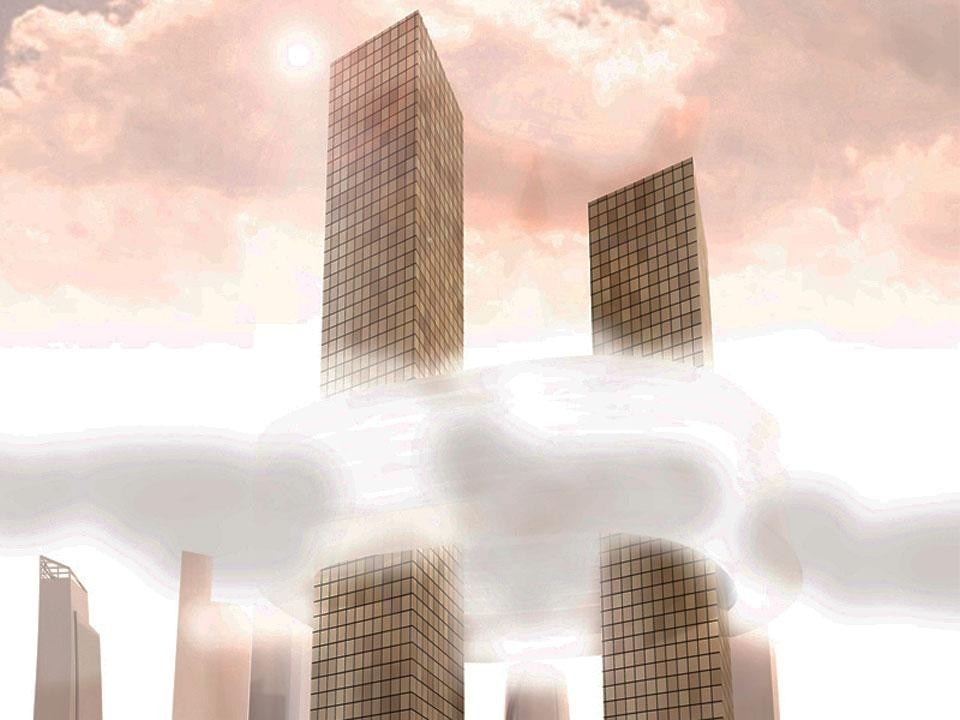After receiving numerous complaints—and it is suggested, threats—MVRDV posted this statement on their Facebook page:
"The Cloud was designed based on parameters such as sunlight, outside spaces, living quality for inhabitants and the city. It is one of many projects in which MVRDV experiments with a raised city level to reinvent the often solitary typology of the skyscraper. It was not our intention to create an image resembling the attacks nor did we see the resemblance during the design process. We sincerely apologize to anyone whose feelings we have hurt, the design was not meant to provoke this."
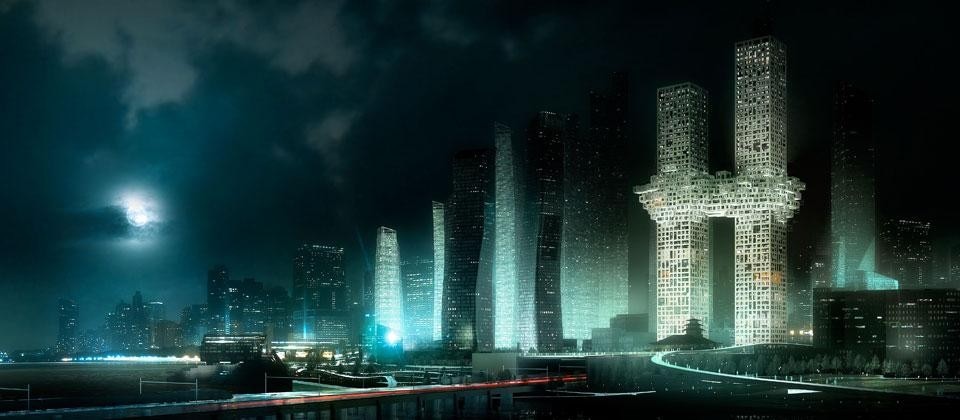
MVRDV has said they sought a way to add space to to the conventional tower typology that could include additional programming. Usually a high-rise adds little to the immediate surrounding city life; by integrating public program to the cloud, the design adds in a more social way to the city. Inside the cloud, besides the residential function, 14,357m2 of amenities are located: the sky lounge—a large connecting atrium, a wellness centre, conference centre, fitness studio, various pools, restaurants and cafes. On top of the cloud are a series of public and private outside spaces, patios, decks, gardens and pools. To allow fast access the cloud is accessible by special express elevators.
